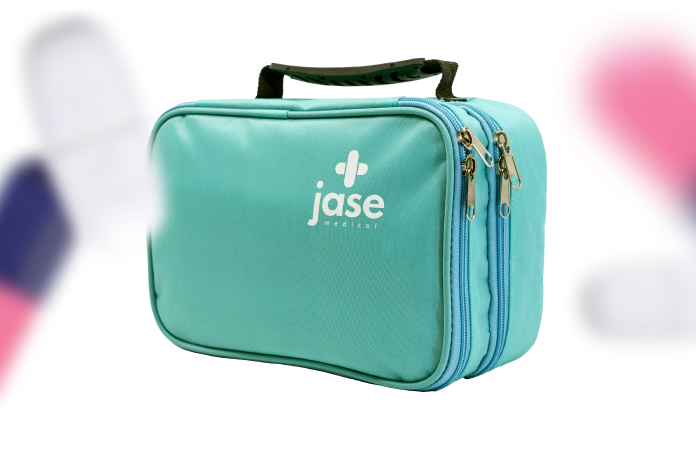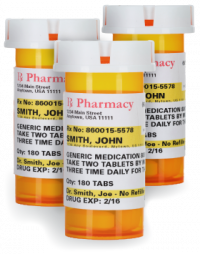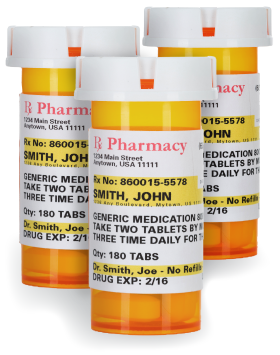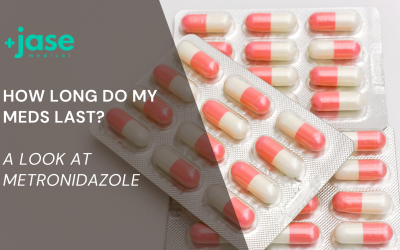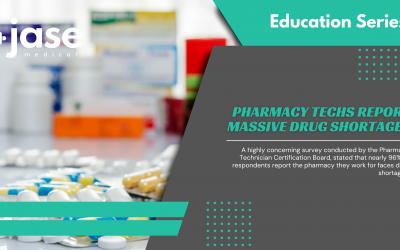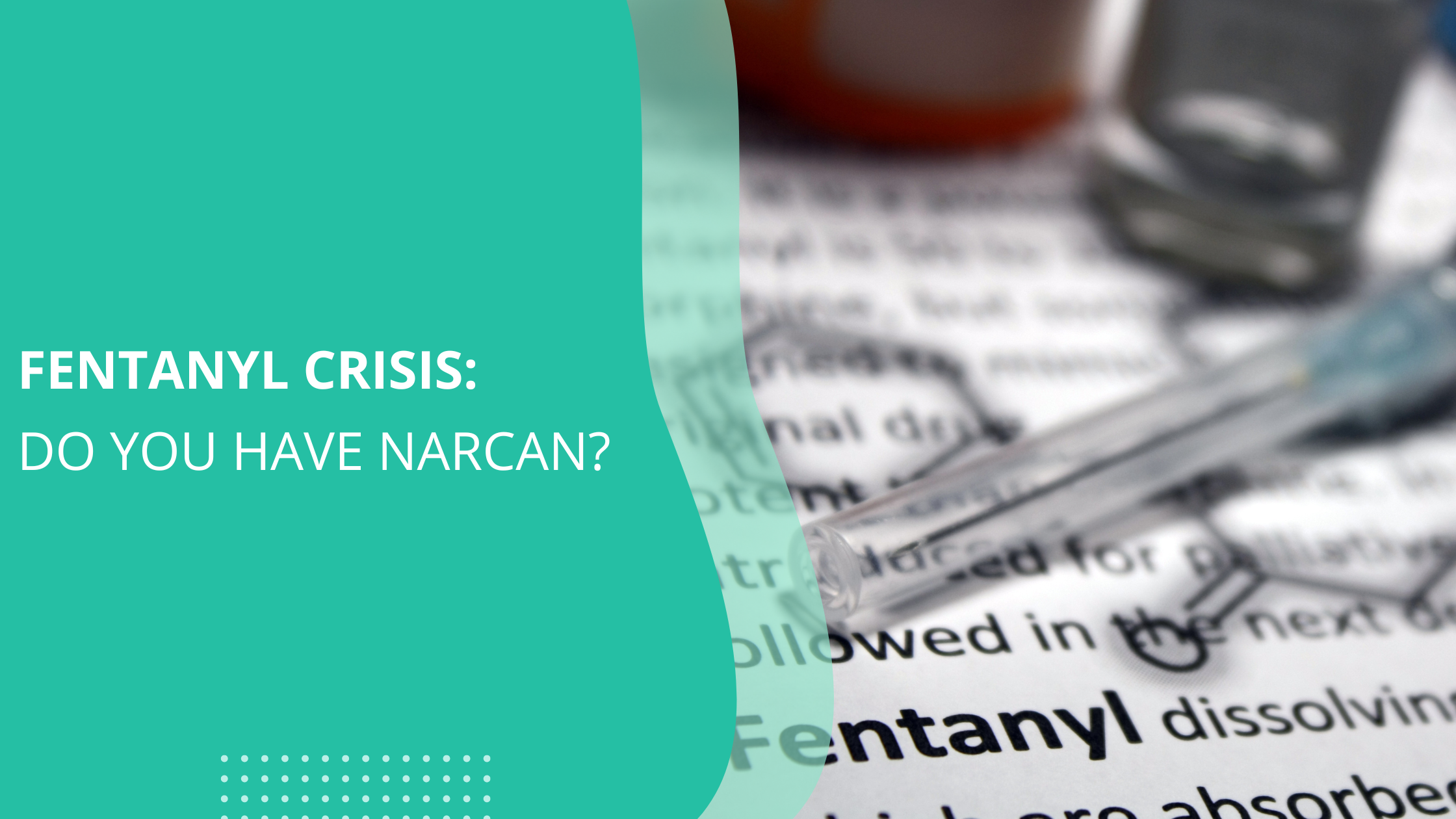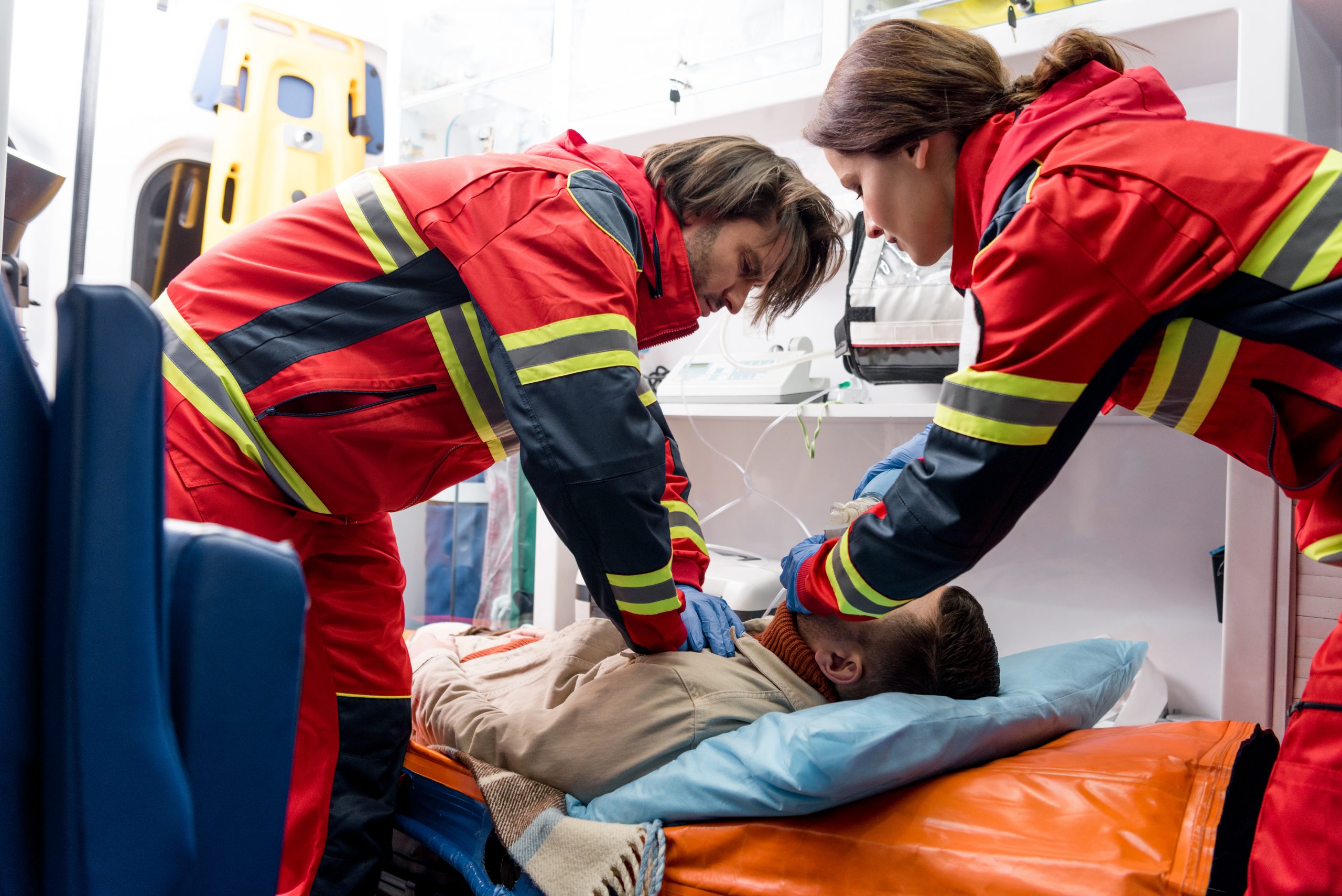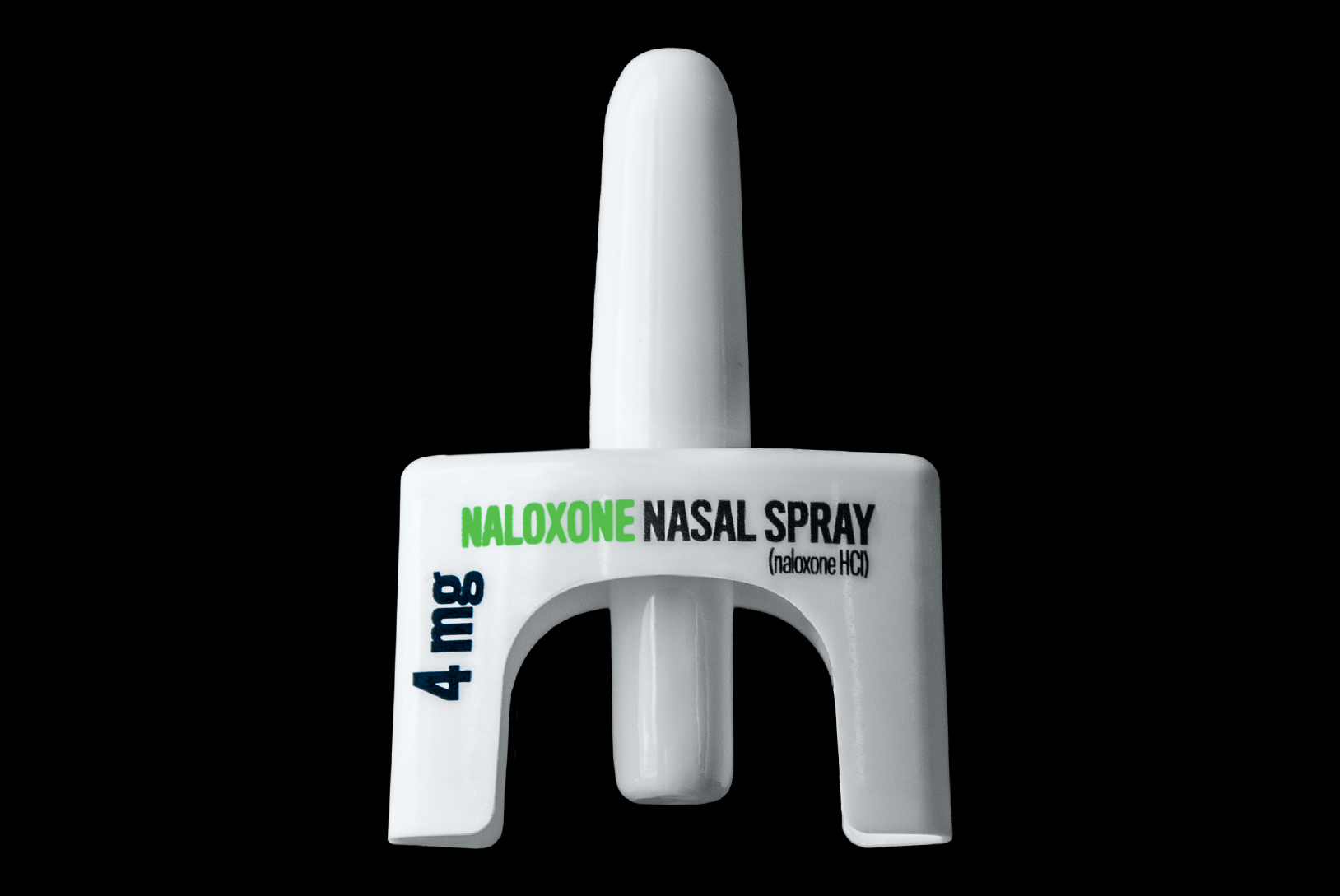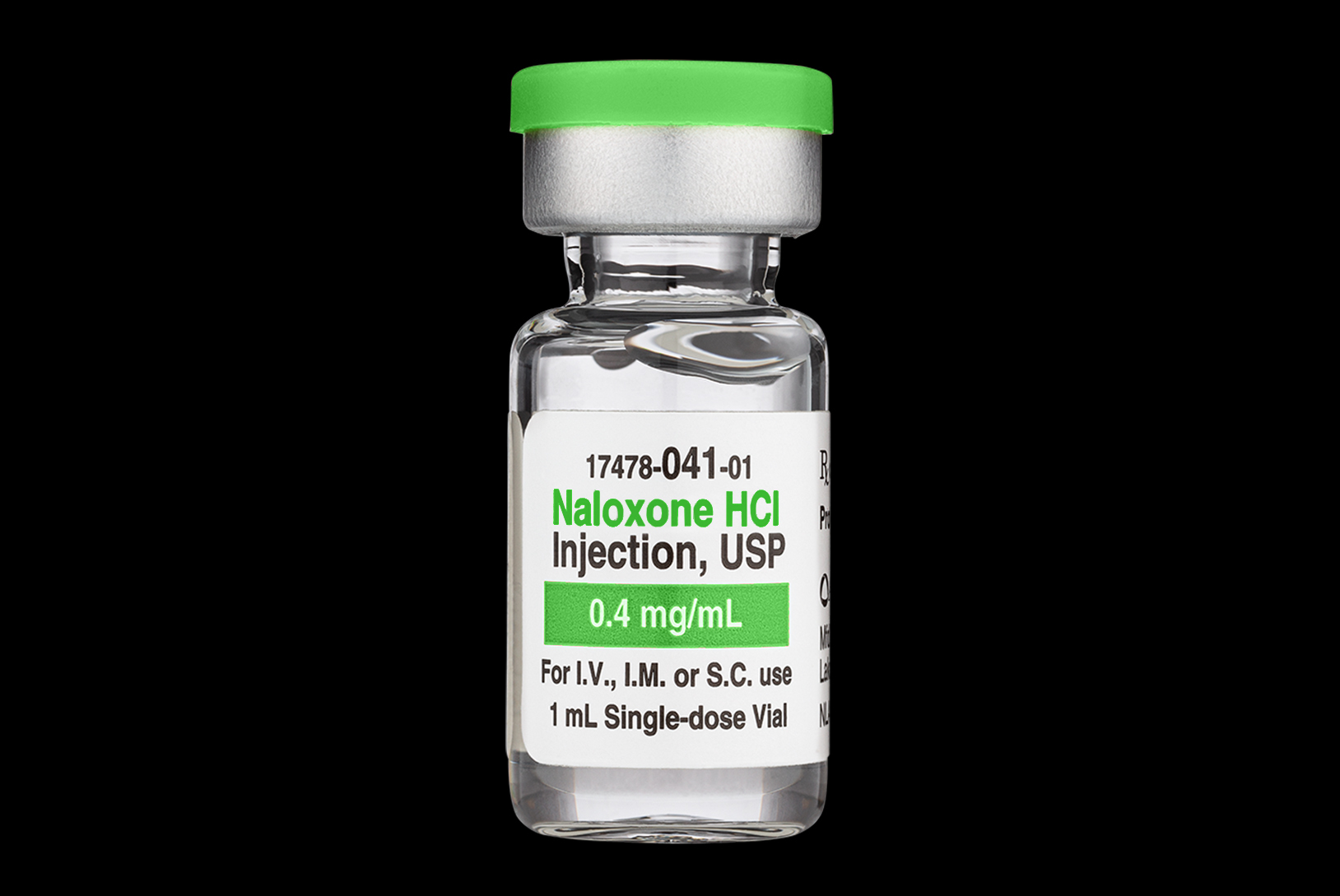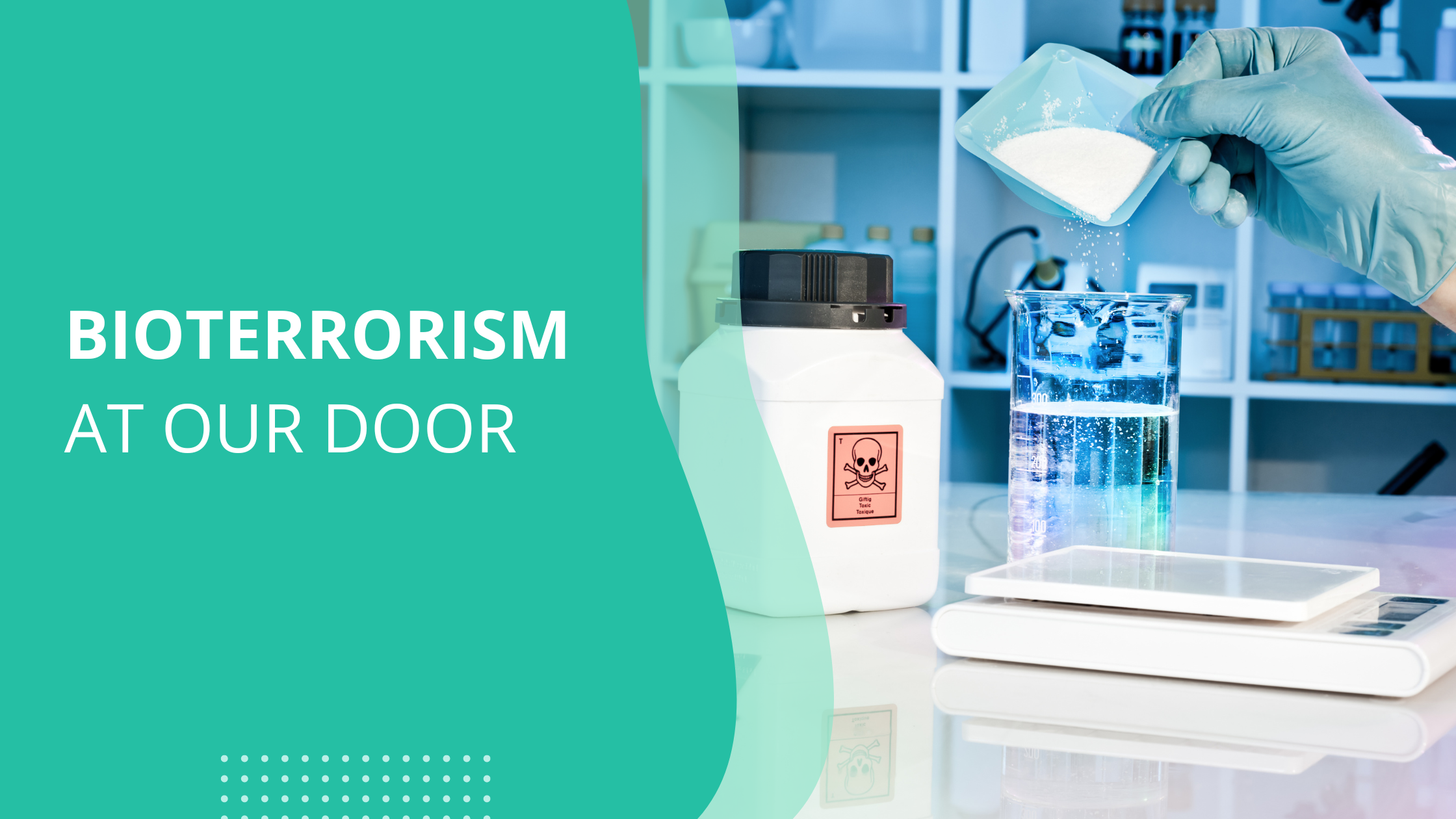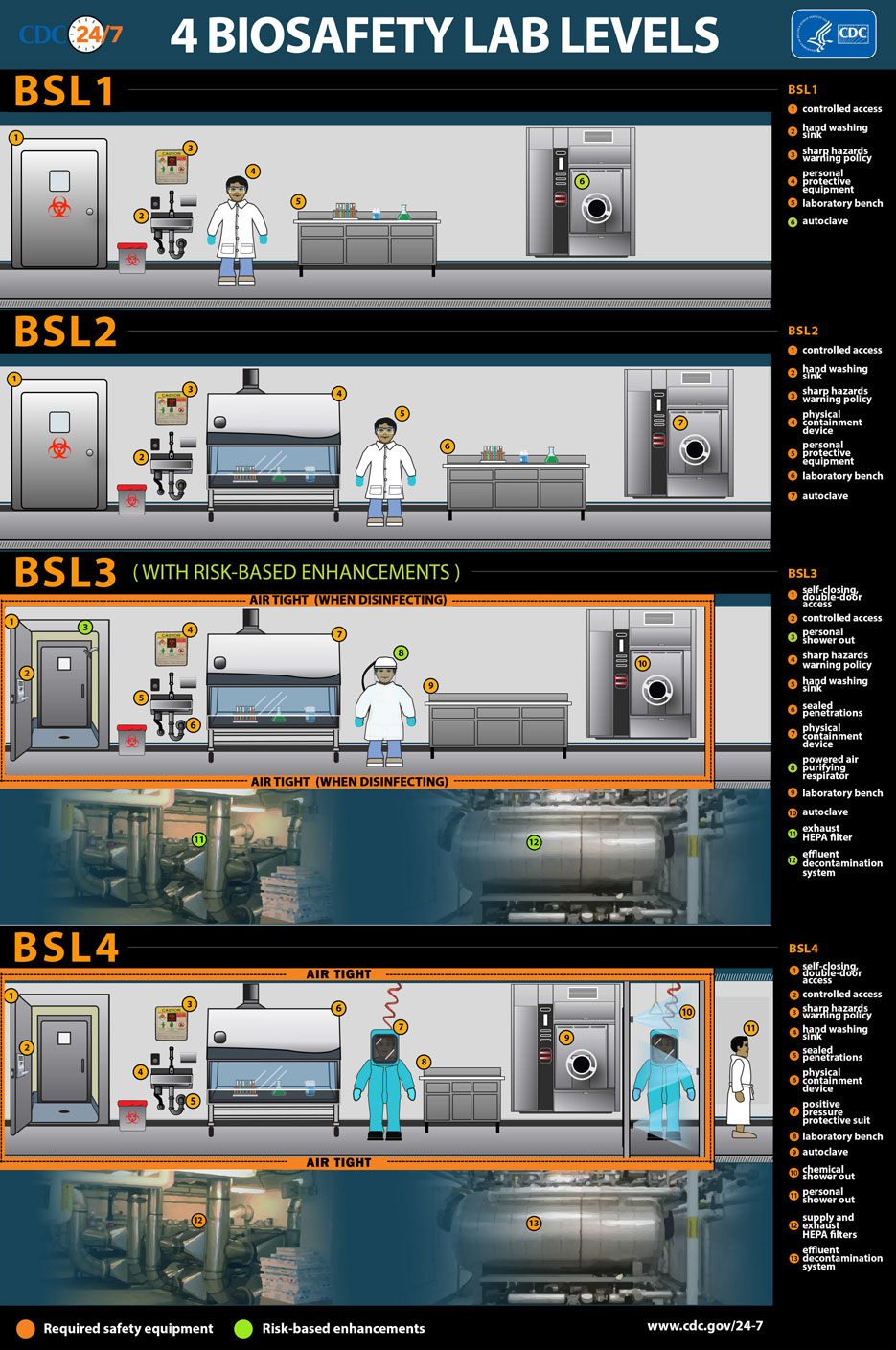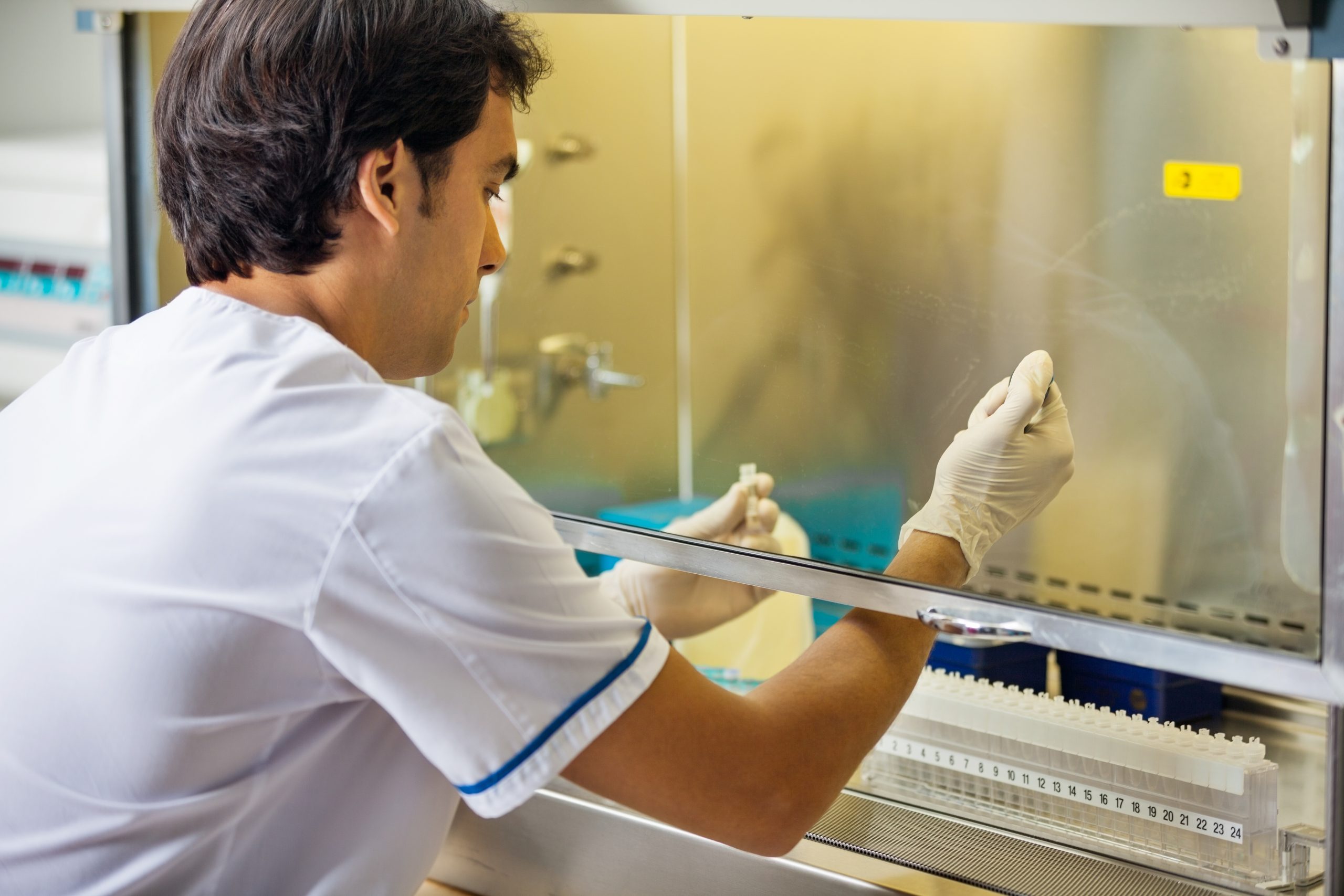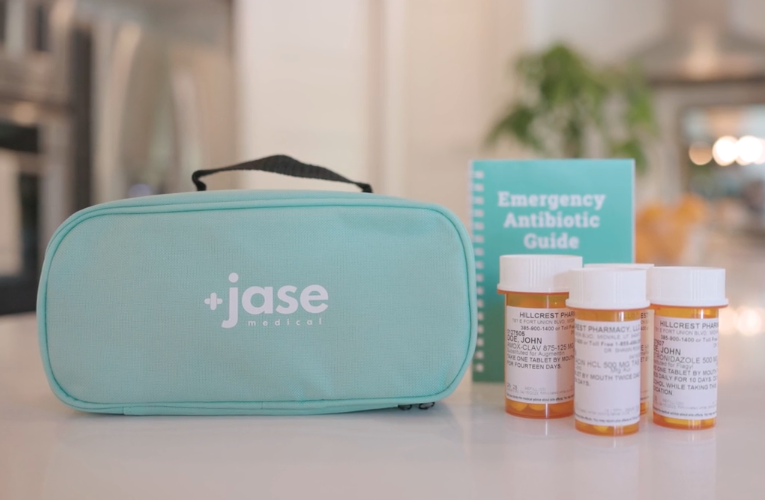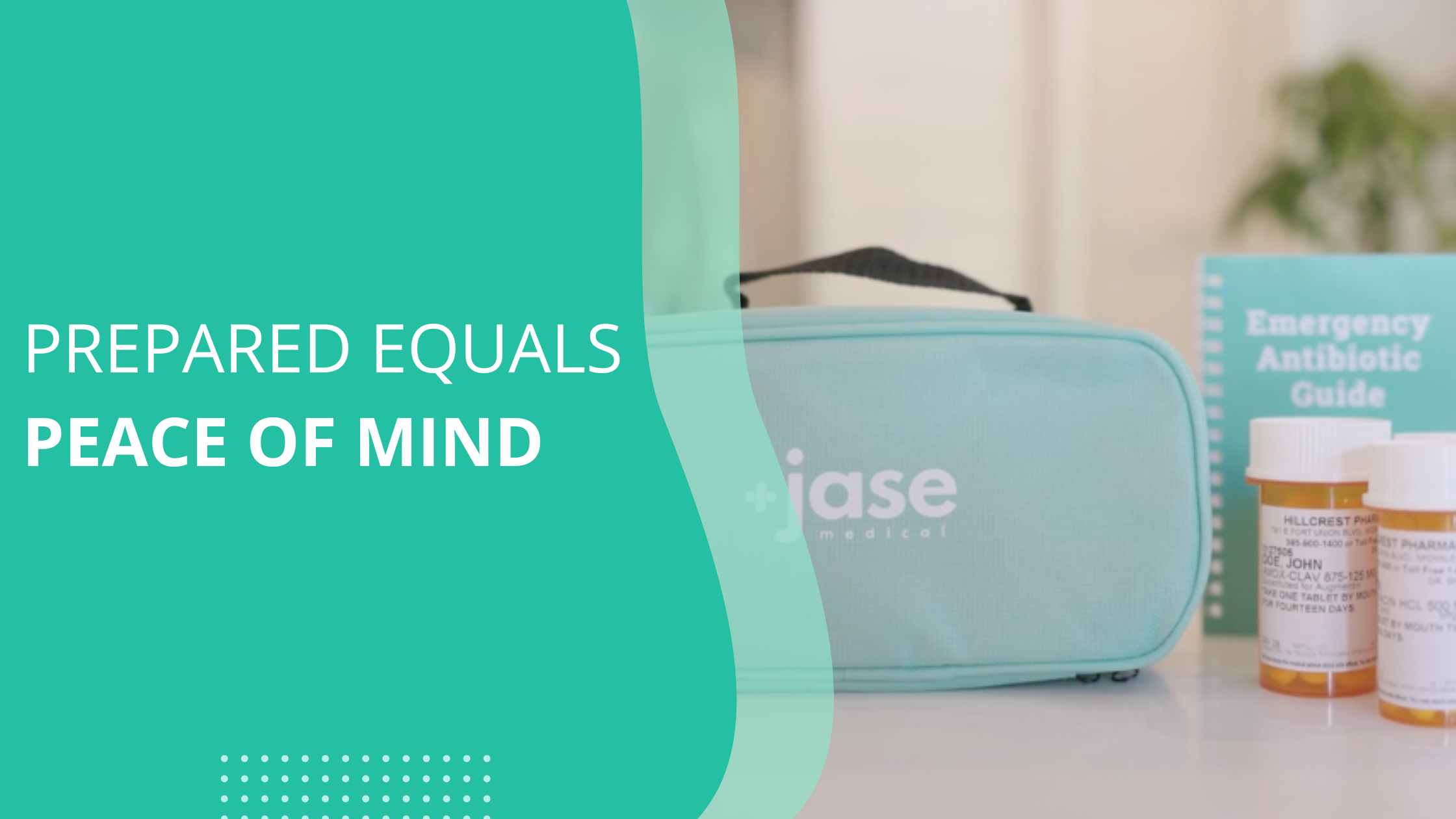What is metronidazole? Metronidazole is an antibiotic that is used to treat bacterial infections of the vagina, stomach, liver, skin, joints, brain and spinal cord, lungs, heart, or bloodstream. In 2020, it was the 222nd most commonly prescribed medication in the...
Melatonin – It Isn’t Just for Sleep
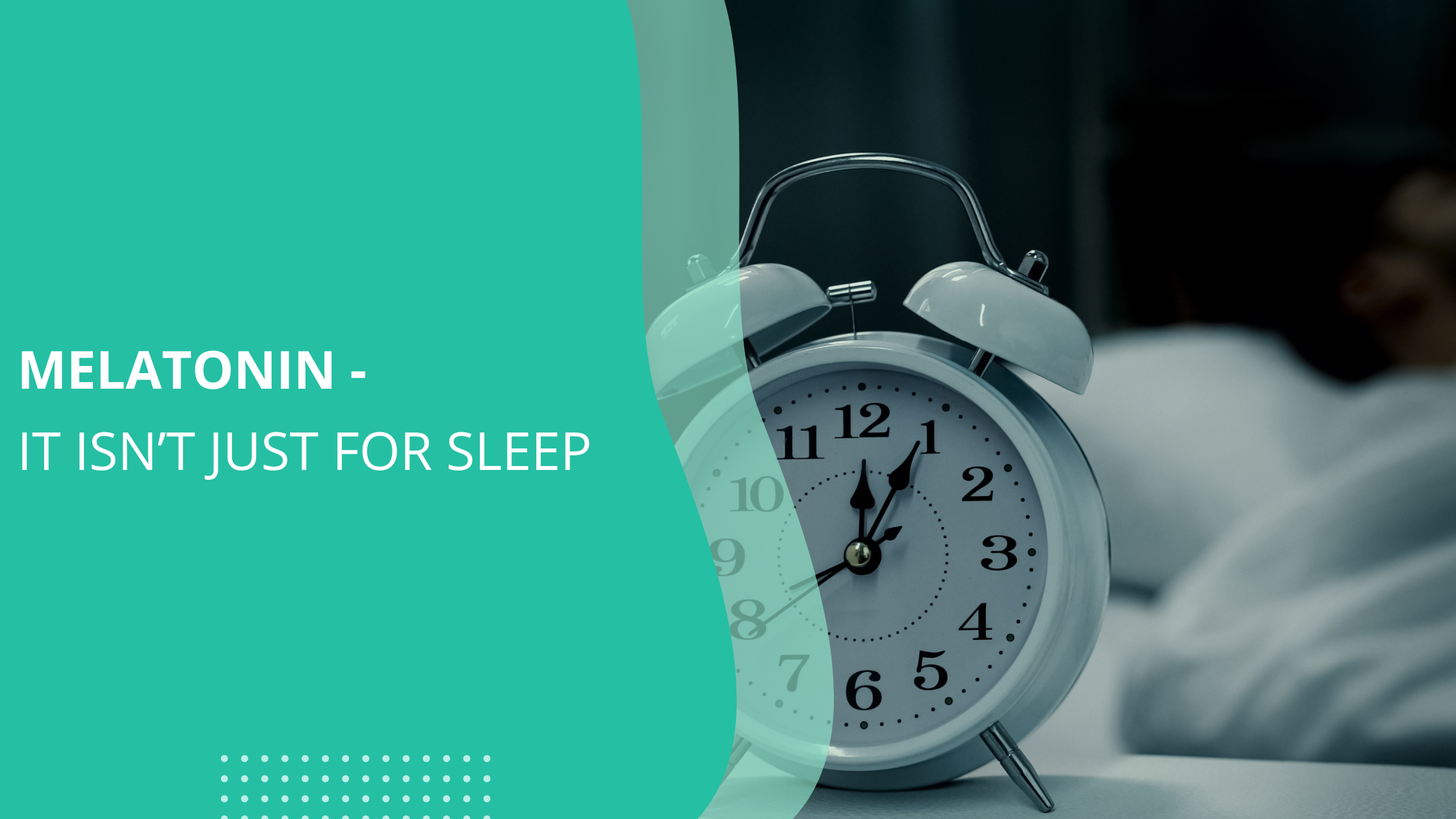
Part one focuses on what melatonin is, part two will discuss how melatonin plays a role in winter blues or seasonal affective disorder, along with tips to navigate this time of year.
What is melatonin?
You may have heard that melatonin is a hormone that regulates sleep. You may have even heard that melatonin is a powerful antioxidant. Melatonin is both and a lot more.
There are two places melatonin is synthesized and both work in vastly different capacities.
One is subcellular melatonin and the other is circulating melatonin.
Subcellular melatonin is known as the “hormone of daylight” It is synthesized in the mitochondria of cells throughout the body– skin, epithelial, liver, thyroid, kidney, gastrointestinal tract, bone marrow, leukocytes, immune cells and many others. Once manufactured the melatonin stays near the cells and does its work. Stimulated by the UV spectrum of sunlight, or viruses, free radicals are neutralized by the antioxidant response of melatonin. Melatonin also stimulates other antioxidant enzymes to help fight free radicals.
Circulating Melatonin
Circulating melatonin is known as the “hormone of darkness”. It is produced in the pineal gland and regulated by the suprachiasmatic nucleus (SCN) Melatonin secretion is stimulated by darkness and inhibited by light, and in coordination with the (SCN), it is involved in maintaining circadian rhythmicity and regulating sleep. The SCN regulates the timing of melatonin release in a feedback loop, whereby melatonin levels determine the SCN regulation.
Circadian rhythm disruption is proven to be one of the contributing factors in cancer progression and development. Blue light, such as LED and computer monitors suppress melatonin production, leading to altered circadian rhythm.
Circadian rhythm disruption is proven to be one of the contributing factors in cancer progression and development. Blue light, such as LED and computer monitors suppress melatonin production, leading to altered circadian rhythm.
How to benefit from subcellular and circulating melatonin
Before bedtime:
- Avoid stimulating lights- blue light from computer and phone screens, LED lights- these will shut down circulating melatonin and disrupt circadian rhythm. Incandescent light to read by are a good choice. Reading on a pad even with blue blocker can disrupt melatonin levels. The blue blockers installed on many devices are not adequate to block the light.
- Campfires, candles, and red lights help keep melatonin levels intact and may even stimulate the subcellular melatonin to go after free radicals.
- Practice sleep hygiene- Go to bed at set time, have a routine. This helps signal your body that its time to go to bed. In addition, avoid stimulating conversations, snacking before bed and exercise a few hours before bedtime.
- Have your vitamin D level checked. Vitamin D plays an important part of melatonin regulation.
- Even though there isn’t clear cut evidence that blue light blocking glasses work, a small study revealed sleep duration and nighttime melatonin levels increased after use of blue light blocking glasses.
Our lives have become increasingly distant from natural light. Our sleep wake cycles are constantly disrupted by our modern way of living.
Chronobiology, the study of circadian rhythms and our health is becoming an increasingly important field of study. How light affects melatonin levels is one area that chronobiology focuses on.
- Brooke Lounsbury
Medical Content Writer
Lifesaving Medications
Recent Posts
Keeping you informed and safe.
How Long do My Meds Last? A Look at Metronidazole
Pharmacy Techs Report Massive Drug Shortages
A highly concerning survey conducted by the Pharmacy Technician Certification Board, who grants a Supply Chain and Inventory Management for certification, has stated that nearly 96% of respondents report the pharmacy they work for faces drug shortages. Established in...
The Largest Strike in Healthcare Workers Begins Tomorrow – Are You Ready?
Citing unfair labor practices and overworked staff, the Coalition of Kaiser Permanente Unions, Kaiser Permanente healthcare workers will be striking for 3 days, starting Oct. 4 at 6 am through 6 am, Oct. 7, 2023. 75,000 Kaiser healthcare workers from California,...
